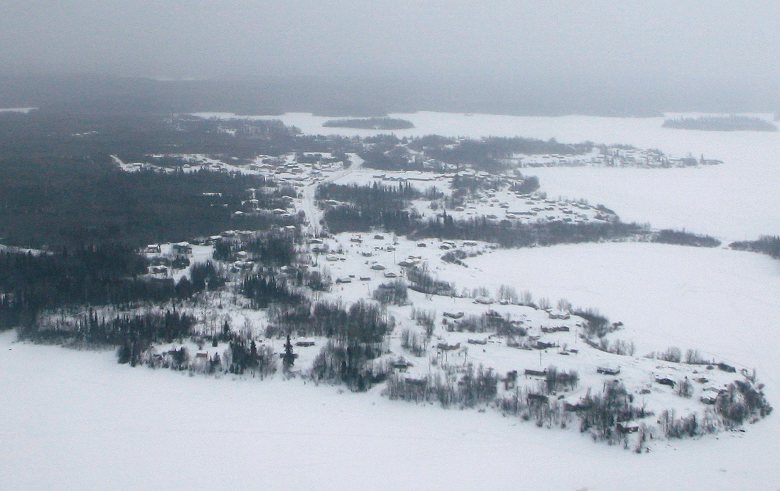The investigation into a fatal fire in the Pikangikum First Nation on Tuesday night is still in its initial stages, but Aboriginal leaders from across the country say the loss of nine lives may have been preventable if the community had better fire services – or even reliable running water.

“Our people are living in substandard living conditions and this is the result,” said Ontario Regional Chief Isadore Day in a statement released Thursday afternoon.
“We need to bring our communities into the twenty-first century. Substandard is not a standard that we can live with any longer.”
Day says Pikangikum is far from alone, citing a 2010 federal study that found people living on a First Nations reserve in Canada are 10 times more likely to die in a house fire than the rest of the population. He is also calling for a coroner’s inquest into Tuesday night’s deadly blaze.
Indigenous Peoples’ Assembly of Canada National Chief Dwight Dorey echoed Day’s sentiments in his own statement.
“While an investigation is still on-going, this tragic incident brings to light the urgent need for improved living conditions in First Nations communities,” Dorey wrote.
Reports from inside the community have painted a bleak picture of the scramble to save the family members inside the burning house. There is no dedicated firefighting service, and the vast majority of the homes on the reserve (more than 90 per cent) have no running water, which made it virtually impossible for neighbours to help douse the flames.
Pikangikum has a fire truck, but it must be filled up at the centre of town. The community’s chief, Dean Owen, told a CBC reporter that muddy roads prevented it from reaching the house until it was much too late.
A fundraising page established by a community member identified the nine victims as Gilbert and Annette Strang, their son Gilbert and his wife Sylvia Peters, their daughter Faith and her husband Dietrich Peters, and Peters’ three children Ireland, 4, Aubree, 2, and baby Amber who was just eight months old.
A candlelight vigil was held for the family on Wednesday night.
Change coming too slowly, says NDP
A First Nations fire protection strategy was developed in 2010 under the former Conservative government, and several recommendations were issued. They included enhancing fire prevention education and improving fire safety inspections and reporting. It’s unclear if all, or even some, of those recommendations have been implemented.
Meanwhile, this month’s federal budget earmarked $1.8 billion over the next five years to “address health and safety needs” related to water and waste-water on reserves, ensure proper facility operation and maintenance, and end long-term boil water advisories.
WATCH AFN National Chief Perry Bellegarde praises federal budget

But according to NDP critic for Indigenous and Northern Affairs Charlie Angus, the “nightmare” in Pikangikum is proof that change isn’t come fast enough to First Nations communities.
“Sympathy and condolences must be wedded to a concrete commitment to establish proper fire services in every community in Canada,” Angus said.
“Too many Indigenous communities in the north lack the basic infrastructure to offer safety and security to families.”
With files from the Canadian Press.




Comments